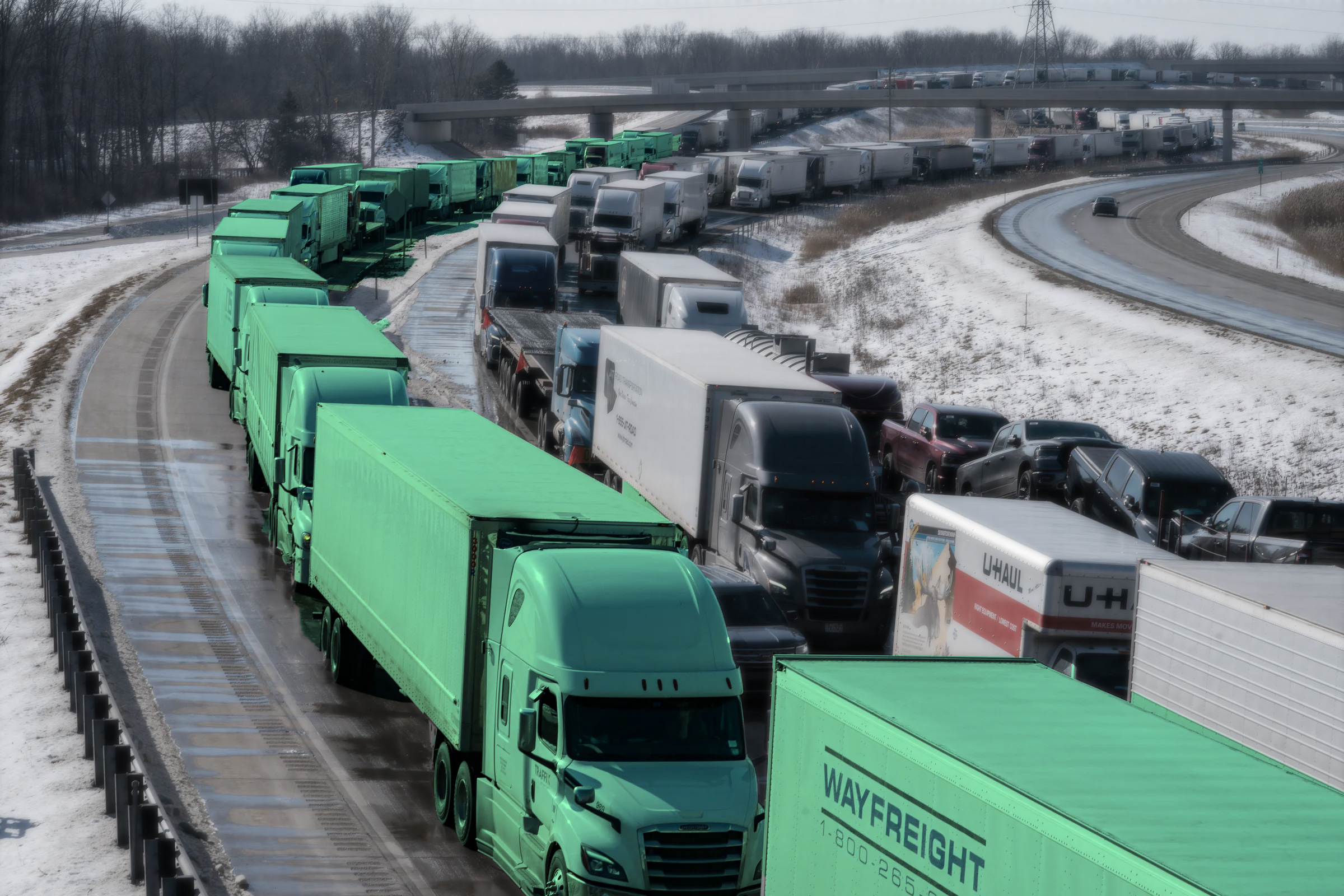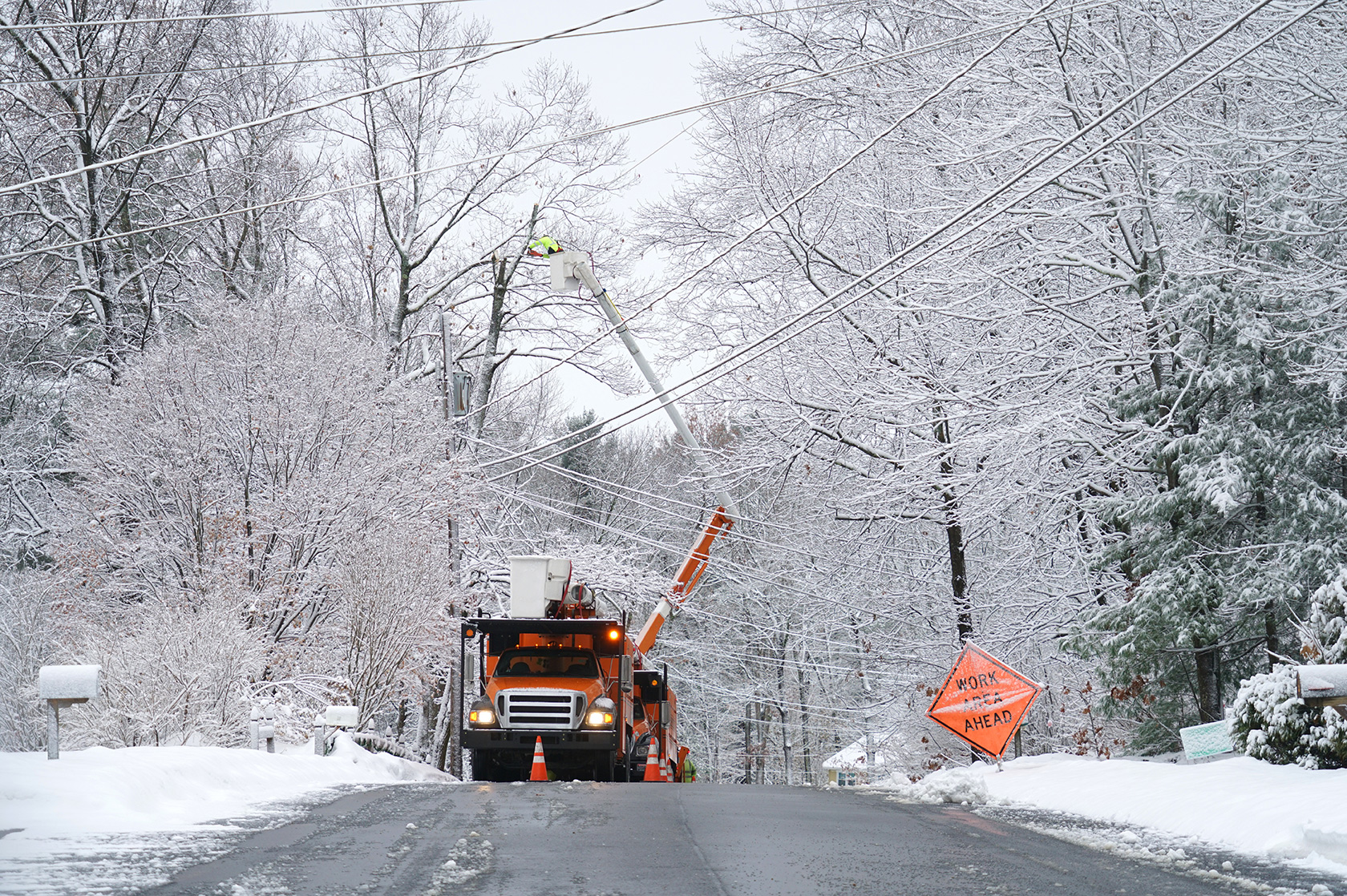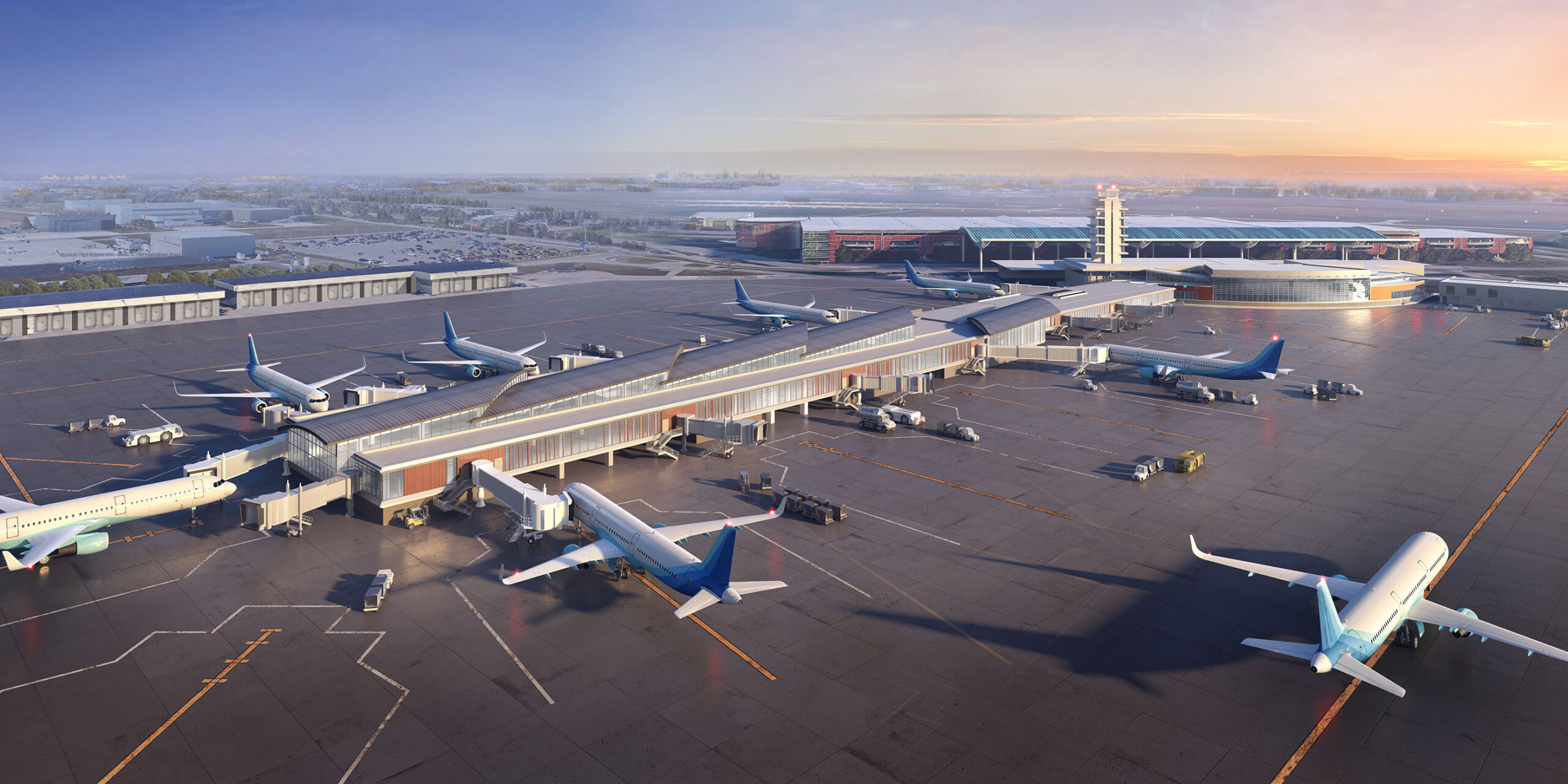Three Key Facts:
-
- An “International Smart Freight Corridor” is being developed as a pilot project on the westbound span of the two-span Blue Water Bridge that connects Port Huron to Canada, funded by a federal grant.
- The crossing is the second-busiest commercial crossing on the Canada–United States border. This “Smart Freight Corridor” is expected to reduce wait times, pollution from idling trucks, and transportation costs.
- If this pilot project is successful, it can easily be extended to the eastbound span of the bridge.
-
After receiving a $1.8 million dollar federal grant, the Michigan Department of Transportation (MDOT) is developing an “International Smart Freight Corridor” for the Blue Water Bridge crossing from Port Huron to Canada. According to MDOT, once the project is complete, the system will be able to support pre-clearance of freight shipments to keep traffic moving smoothly without long waits, while maintaining data and information security. The crossing is one of the four shortest routes of land travel between the US Midwest and Northeast and the Blue Water Bridge is the second-busiest commercial crossing on the Canada–United States border. Michele Mueller, MDOT’s senior project manager for connected and automated vehicles said, “Currently, trucks carrying freight across the border can experience lengthy delays at peak times. This project will decrease pollution from idling vehicles and decrease supply chain costs.” $71.5 billion in goods passed over the Blue Water Bridge in 2020, she continued, “So the potential benefits to the environment, along with a reduction of transportation costs, are tremendous.” The Blue Water Bridge is actually two bridges. The westbound bridge was opened in 1938 and the eastbound bridge in 1997. The Smart Freight Corridor, announced in March 2023, will start at the international border in the center of the bridge and extend west on Interstates 94 and 69 through the port of entry in Port Huron. The corridor is the first of its kind and will apply data-driven technologies to streamline the information flow between commercial carriers, shipping companies, vehicles, border agencies, and bridge operators along this key international freight corridor. When it is in place, it is expected to:
- Increase predictability and reliability of freight travel/delivery times;
- Minimize border wait times, queuing and congestion;
- Reduce pollution from idling vehicles;
- Create efficiencies and focus resource allocation for border agency and infrastructure operators; and
- Support a timely response to disruptions & incidents on the Blue Water Bridge.
An overview of how the Smart Freight Corridor will work can be found HERE. Funding for the $1.8 million federal grant comes from the U.S. Department of Transportation’s Strengthening Mobility and Revolutionizing Transportation (SMART) grant program. The SMART program was made possible through the Biden-Harris infrastructure law and is intended to “conduct demonstration projects focused on advanced smart community technologies and systems in order to improve transportation efficiency and safety.”





